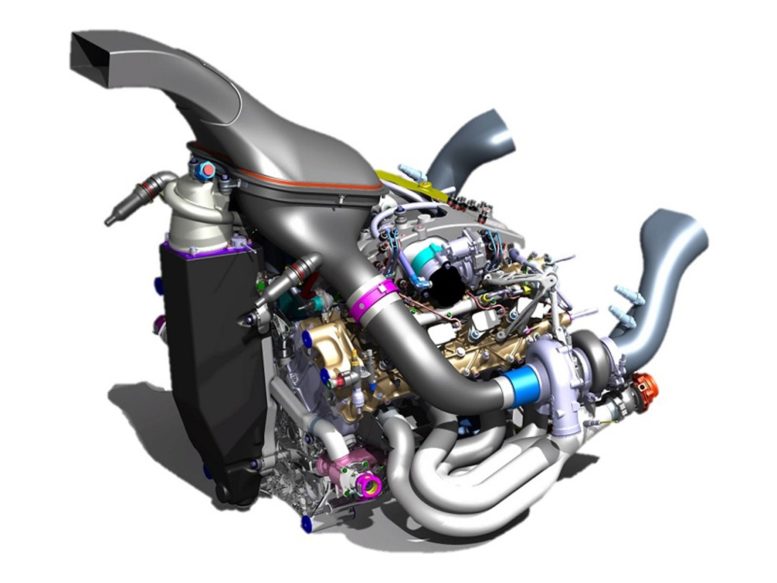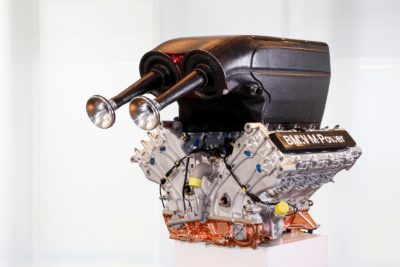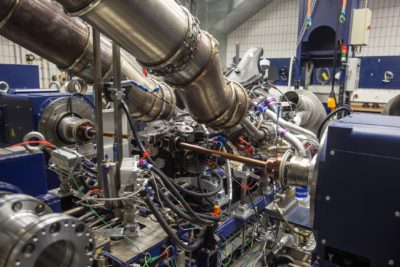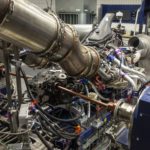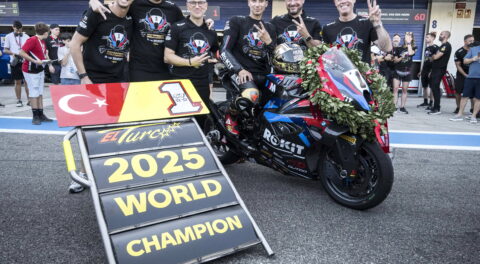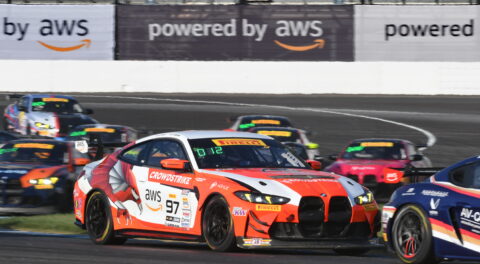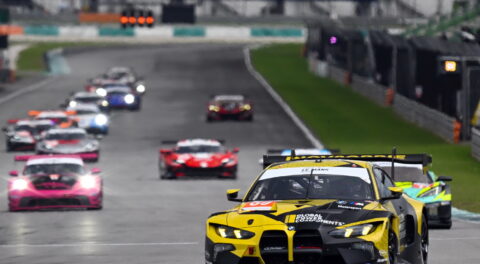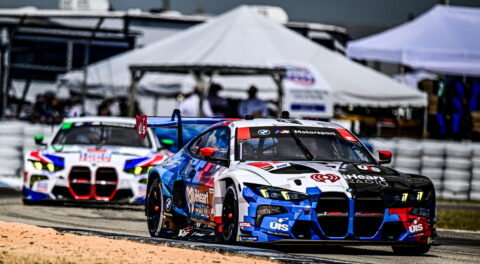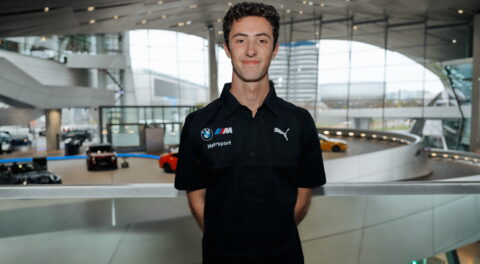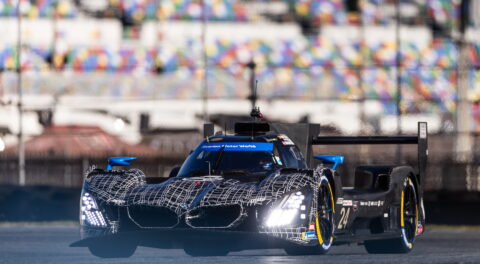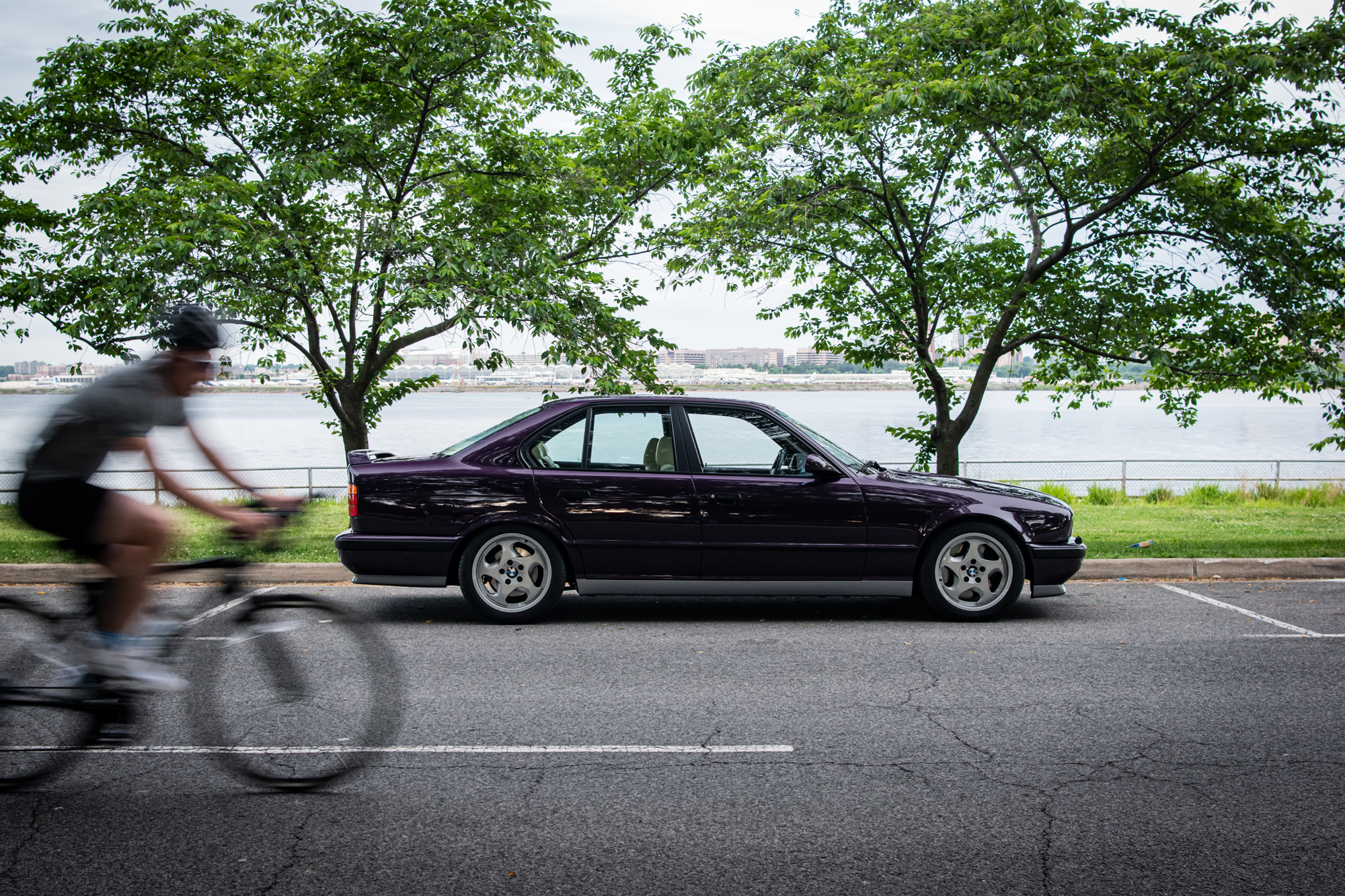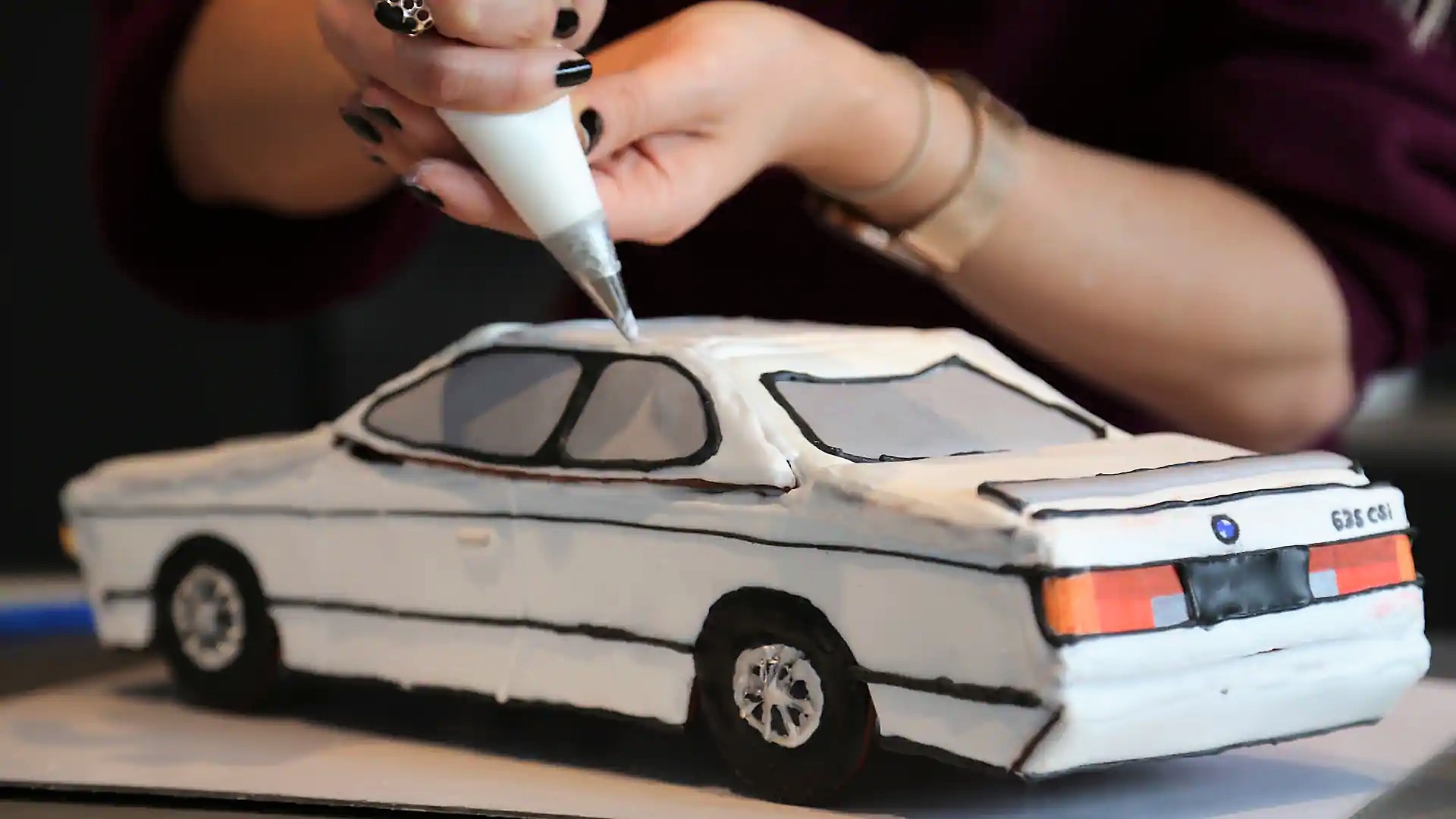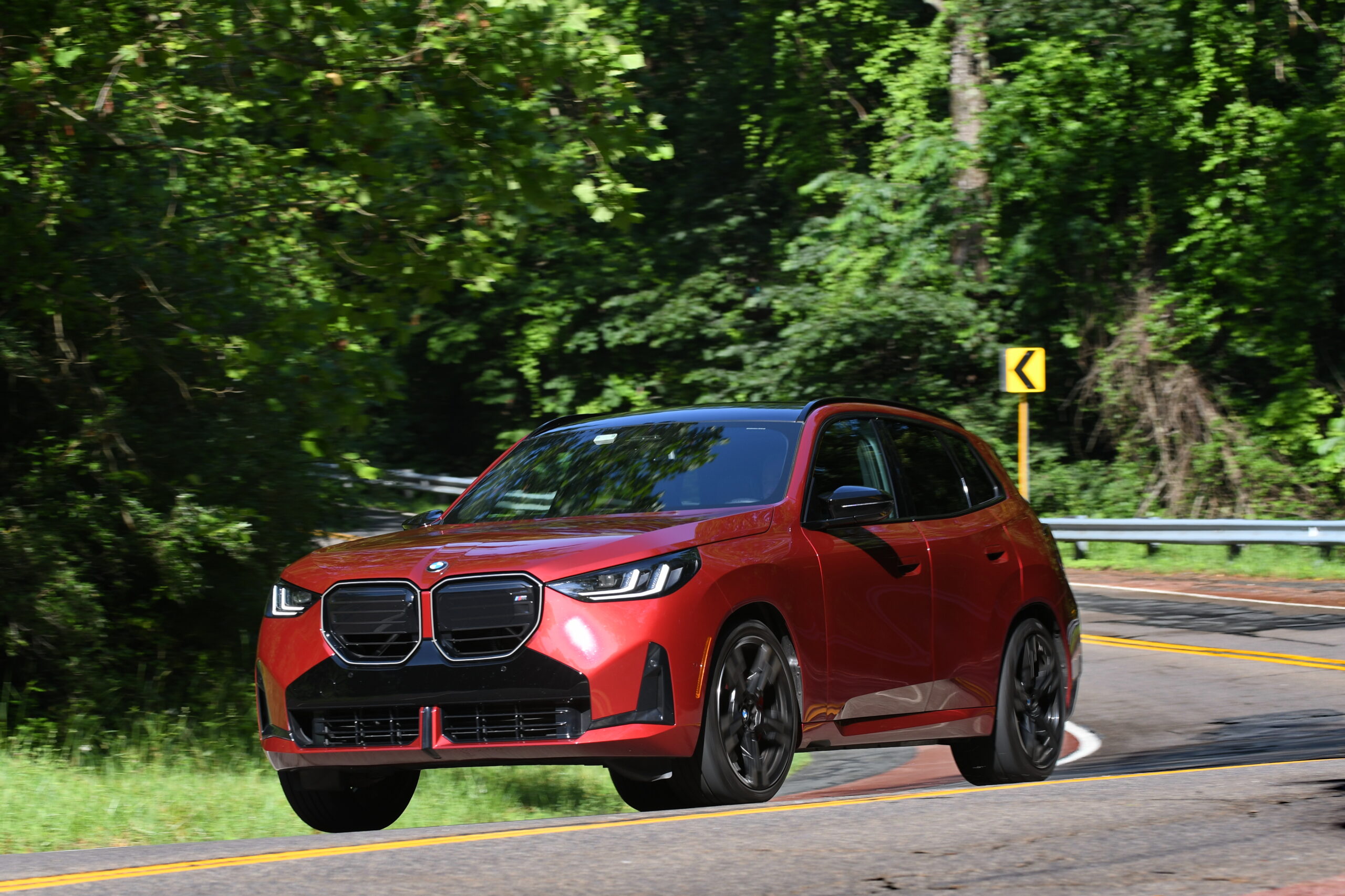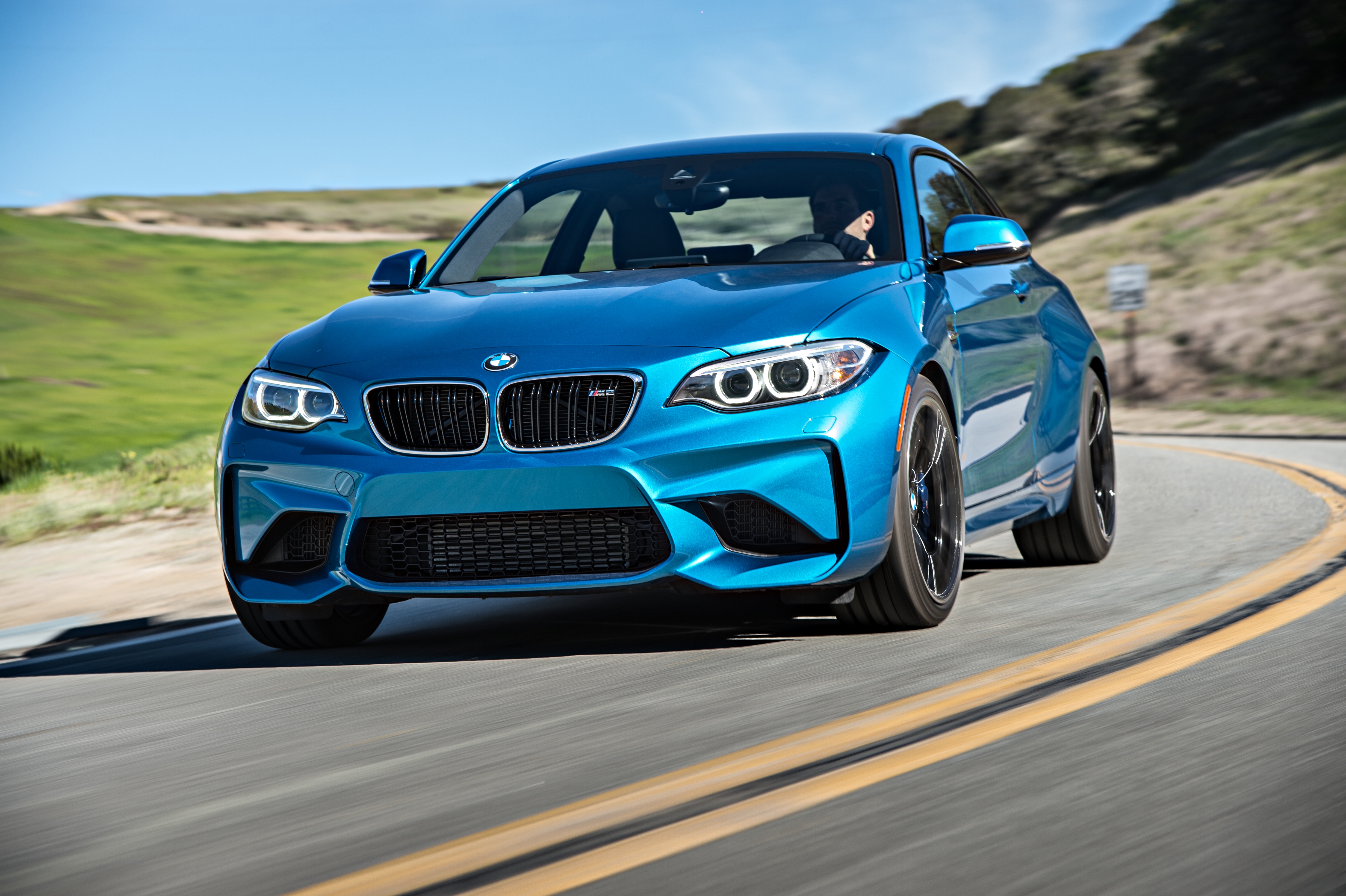Last month we learned that the BMW M Hybrid V8 will be the LMDh (Le Mans Daytona h) prototype used by BMW M Motorsport in the 2023 IMSA series. This past week we learned a little more about the engine that will be powering this new racecar–the P66/3 eight-cylinder hybrid turbo engine. (The “3” being the third and current “step” in this engine’s development.) Let’s take a look at the progression of the P66 engine over the past five years to see how we can build a P66/3.
Step 1: Start with a P66/1. The P66/1 was a normally aspirated eight-cylinder engine used by the BMW M4 DTM in the 2017 and 2018 racing seasons. Why the P66/1? BMW says, “As a fully load-bearing component in the BMW M Hybrid V8, it had the advantage that it could be used in a monocoque chassis without an additional subframe and it was also the one that most closely corresponded to the regulatory requirements after conversion to a hybrid turbo engine.” Ulrich Schulz, Head of Drivetrain Design at BMW M Motorsport, noted that, “It is a huge plus that we were able to make use of existing materials such as steel and aluminum from BMW’s time in Formula 1 for the basis of the engine, as well as for individual components – like shafts, housing and small parts. That saved us time and a lot of money.”
Step 2: Slap some turbos on it. The P66/2 is an intermediate step that didn’t see any competitive racing, but did see plenty of testing which included racetrack simulations on a test bench. This engine received two turbochargers and modifications to the engine’s crank, with a focus on increased longevity and performance.
Step 3: Say the magic words and apply and add an electric engine with supporting components. Oh, and per BMW, they also “included a twin-turbo version, made adjustments to the specific requirements of the Dallara chassis, finalized the exhaust system, oil tank, cabling and integration of the high-voltage environment. The cylinder block and cylinder heads were recast in the BMW Group foundry in Landshut (GER) and the injection system was rebuilt for direct injection.” Formula E engineers added the e-motor, which is installed in parallel with the gasoline engine, with a separator clutch between the two. This was all fired up successfully at the end of June–that’s where the magic words came in handy.
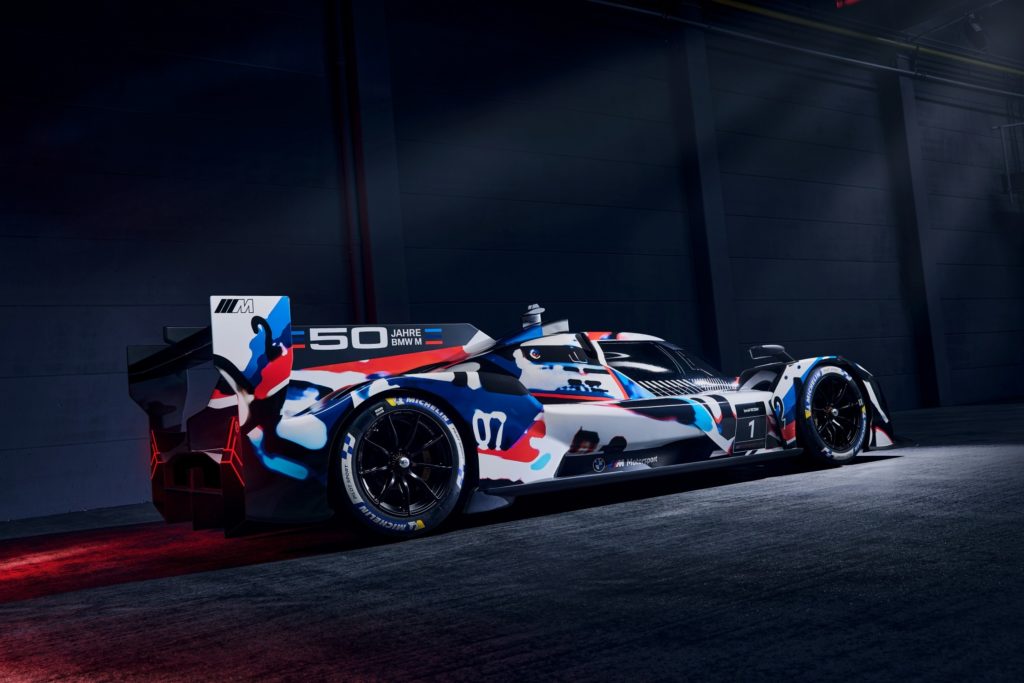
BMW M Hybrid V8, prototype, LMDh, design, camouflage livery, photoshoot, studio, Michael Scully, BMW Group Designworks, Dallara.
So, what does BMW have to show for itself after following these three easy steps? They’ve got a 640 hp, 650 nm, 8,200 rpm P66/3 eight-cylinder hybrid turbo engine that they’re going to use to wipe the floor with the competition. —Mike Bevels
[Photos courtesy of BMW.]

